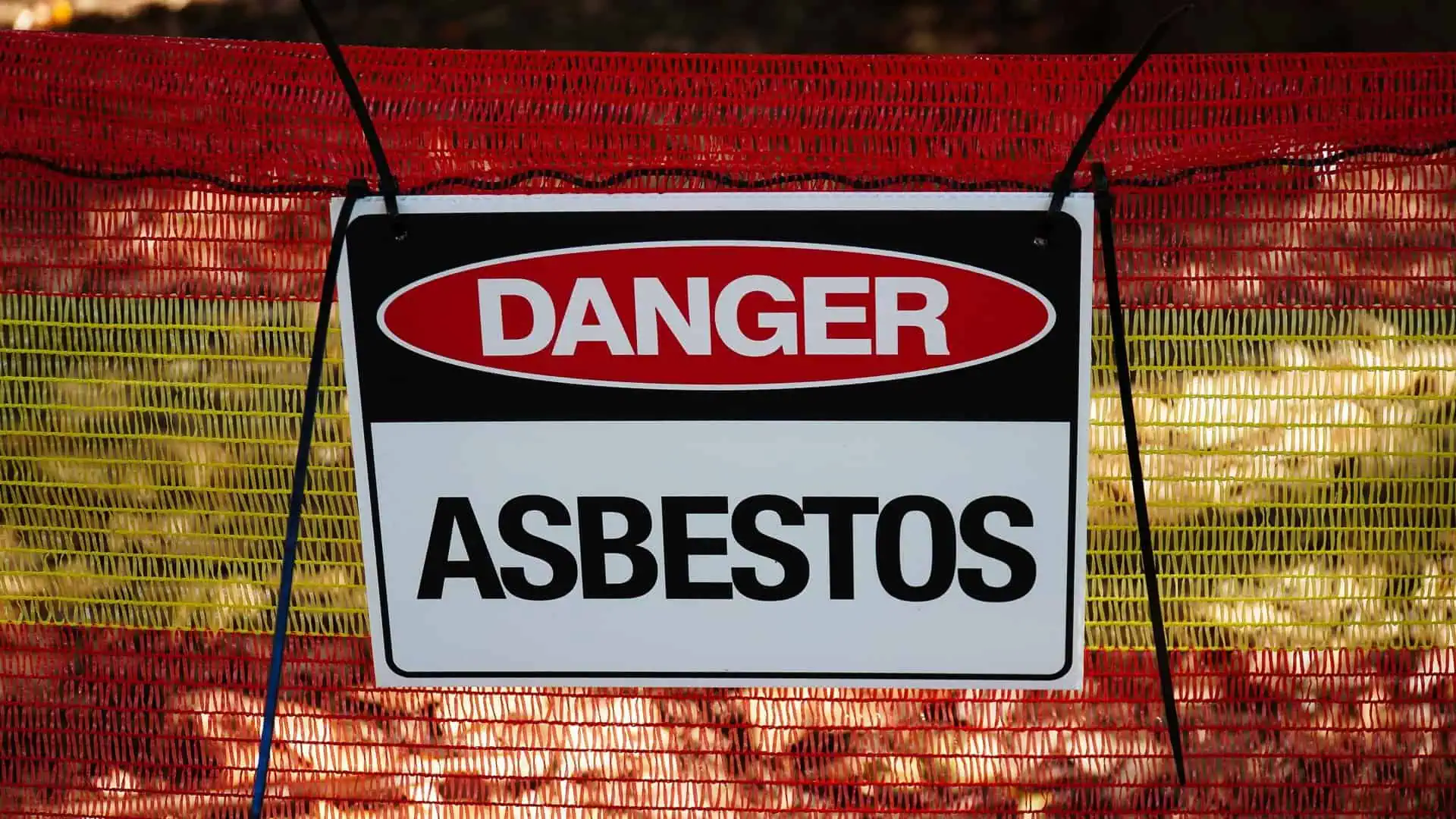The connection between asbestos and ovarian cancer involves multiple exposure routes that can lead to the development of cancer cells in ovarian tissue.
Research shows that asbestos fibers can travel through the body via the bloodstream or lymphatic system, eventually settling in the ovaries where they cause inflammation and cellular damage over extended periods.
This process may take decades before an ovarian cancer diagnosis occurs.
Occupational Asbestos Exposure
Workers in asbestos-related industries face increased ovarian cancer risk due to direct contact with asbestos materials.
Women employed in manufacturing, construction, automotive repair, and other industrial settings where asbestos was commonly used have shown increased rates of ovarian cancer compared to the general population.
Common occupational exposure sources include:
- Manufacturing Plants: Workers handled raw asbestos fibers and created asbestos-containing products
- Construction Sites: Employees encountered asbestos in insulation, roofing, and building materials
- Textile Mills: Workers processed asbestos fibers into fabric and other materials
- Shipyards: Employees worked with asbestos-laden materials used throughout vessels
These workplace exposures often resulted in workers developing various asbestos related diseases, including lung cancer and mesothelioma , alongside ovarian cancer risks for female employees.
Secondary Exposure Risks
Family members of asbestos workers face secondary exposure risks when workers unknowingly bring asbestos fibers home on their clothing, skin, and hair.
This type of exposure particularly affected women who handled and washed contaminated work clothes.
Secondary exposure typically occurred through:
- Laundering Work Clothes: Handling and washing contaminated clothing and uniforms
- Physical Contact: Hugging or touching workers before they change clothes
- Shared Vehicles: Riding in cars where work clothes shed asbestos fibers
- Home Environment: Living in spaces where asbestos dust accumulated from work clothes
These indirect exposures created significant health risks for family members, with studies showing elevated rates of asbestos-related cancers among workers’ household members, particularly wives and daughters who regularly handled contaminated clothing.



